Introduction: Urban Renaissance through Artificial Intelligence
You can’t step into the same river twice. - Heraclitus. This ancient thought reminds us that change is constant, and just like rivers alter their courses, cities too are on the verge of transformation. But what if machines helped sculpt the riverbeds, or, in our case, the cities? What if artificial intelligence collaborated with architects and urban planners to redesign our urban landscapes, promising cities that are even smarter, greener, and more responsive to our ever-evolving needs?
The concept seems ripped right from a sci-fi novel, doesn’t it? Picture AI, like a digital architect with glasses perched on its circuits, meticulously enhancing cityscapes with impactful precision. As daunting as it sounds, AI's potential to revolutionize urban planning is both compelling and inevitable. Visionaries like Kevin Kelly, futurist and founding executive editor of Wired, and Yuval Noah Harari, a prominent historian, have painted vivid pictures of our tech-driven futures. Meanwhile, Jane Jacobs outlined urban planning ideals that AI might finally bring to life.
The question isn’t whether AI will influence urban planning. The real question is, how dramatically will our cities change when machine logic meets human creativity?
Artificial Intelligence (AI) is poised to reshape urban development by transforming traditional city design with data-driven insights for efficiency and sustainability. By analyzing real-time data from Internet of Things (IoT) devices, AI systems optimize infrastructure and predict urban trends, crafting cities that adapt to the needs of citizens while reducing environmental impact.
The Traditional Urban Planning Paradigm
Urban planning, historically, has been like an intricate jigsaw puzzle. Each piece representing various community needs, government regulations, and artistic visions, all trying to fit just right. For decades, cities like New York, Paris, and Tokyo were sculpted by the hands of human insight, culture, and frankly, a fair bit of guesswork.
Historical Context
The roots of urban planning date back to ancient civilizations like the Indus Valley and Ancient Rome. Plato once imagined ideal cities where harmony could be architected with human intellect. Yet, these traditional methods, while rich in history, came with their own set of limitations. As infrastructure evolved, so did its complexity, often outpacing human capacity to predict future needs or solve emerging problems efficiently.
The Role of Diverse Stakeholders
Imagine a potluck dinner at your neighborhood block party—everyone brings their own dish, and if you're lucky, it all comes together in a delicious spread. Similarly, urban planning requires inputs from various stakeholders: government bodies, community members, private developers, and environmental advocates. Each stakeholder has different priorities, often leading to the blend of policies and projects akin to an overly salted stew. But unlike a potluck, the stakes are much higher when planning cities for millions of residents.
Limitations and Challenges
If urban planners were superheroes, their kryptonite would be inefficiency. Traditional urban planning methods often suffer from slow data processing, bureaucratic delays, and a lack of innovative solutions. These days, with urban populations skyrocketing, it's crucial to have efficient strategies. Yet, integrating diverse opinions and historical constraints can sometimes feel like playing chess with missing pieces. The need for a new paradigm is glaring, as traditional methods lack the speed and foresight required for modern urban challenges.
The Rise of Artificial Intelligence in Urban Planning
As cities swell with people and complexities grow, relying solely on human effort for urban planning feels like trying to fit New York City's traffic into a country road—impossible without a few... honks. That's where AI comes in. The rise of artificial intelligence in urban planning is gaining momentum. Let's explore how this cutting-edge tech is revolutionizing our urban landscapes.
Real-Time Data Collection
Imagine AI as the modern-day Sherlock Holmes—minus the magnifying glass and deerstalker hat. Using IoT devices, AI can gather data faster than a kid snatching cookies from the jar. Thanks to high-speed data collection, city planners now get immediate feedback about traffic patterns, energy use, and environmental conditions. This constant stream of data helps cities diagnose problems in real time, like living under the scrutiny of a high-tech crystal ball.
Predictive Analytics
What's more mystical than a gaze into the future? Enter predictive analytics. By sifting through historical data, AI can forecast urban trends and challenges, saving us from potential quandaries. For example, machine learning models can predict what type of infrastructure issues could arise as urban populations grow, or how climate changes might affect city landscapes. Think of it as a fortune teller with actual degrees in math and science.
Case Studies
Some cities have already jumped aboard the AI express, and it's one heck of a ride! Take Songdo, South Korea, a city where everything from energy grids to garbage disposal is managed by smart networks and AI-driven systems. In Singapore, AI is actively used to ease traffic congestion and environmental management. As more cities become AI-hubbubs, the urban planning revolution appears not to be slowing anytime soon.
Designing for Sustainability
Picture a future where cities are as green as a kale smoothie and as efficient as a Swiss watch. With AI, viable sustainability strategies are within grasp. In a world increasingly concerned about the environment, AI lends a robo-hand in creating cities that hug Mother Nature.
Green Infrastructure
(Leaves rustling...) That's the sound of AI designing green spaces. By employing AI, urban planners can create parks, green roofs, and environmentally friendly transport systems with an unmatched precision. These innovations not only deliver beauty but also promote biodiversity and well-being. Basically, it'll make urban jungles less... jungle-y and more eco-friendly!
Energy Efficiency
'Turning off the lights when you leave the room' just got an upgrade. AI-powered energy systems can minimize waste and optimize consumption in urban setups. With algorithms fine-tuning everything from street lighting to residential heating patterns, cities can cut down on emissions and costs. This means saving money and the planet—cue applause!
Waste Management
Where there's urban living, there's waste. But fear not—AI can help manage waste like a digital Mary Poppins. By optimizing routes for waste collection trucks and predicting levels of different types of waste at various locations, AI ensures that resources are used wisely and efficiently. It's like having a literal magic broom to tidy up everything.
Enhancing Urban Mobility
Urban mobility faces unprecedented pressure as metropolitan populations soar and environmental concerns mount. Transportation systems are the lifeblood of any city, acting as veins that keep it thriving and healthy. With traffic snarls and pollution woes, AI steps in as the antidote for dated transit woes. A harmonious symphony of modified smart traffic hideouts is possible with the right notes of artificial intelligence.
Smart Traffic Management
Smart traffic management is critical to quelling congestion, reducing emissions, and enhancing flow. AI deploys advanced algorithms to process traffic data from sensors, cameras, and user devices in real time. A formidable orchestra leader, AI directs flow, easing jams and enabling smoother commutes.
- Real-time data acquisition from strategically placed IoT devices.
- Dynamic light systems adapting to congestion and emergencies.
- Optimized routing suggestions for motorists via Waze and similar apps.
Autonomous Vehicles
With the advent of autonomous vehicles (AVs), the future of urban travel stands on the brink of revolution. AVs promise safer roads, efficient routes, and controlled emissions, integrating AI to sense road conditions, adapts to traffic dynamics, and navigate seamlessly without human intervention.
- Safety through AI-driven decision-making systems, as showcased in Waymo's autonomous tech.
- Enhanced traffic flow as seen in instances like Cruise AVs reducing congestion hotspots.
- Collaborative routing systems optimizing traffic spread across uncongested avenues.
Multi-Modal Transit Systems
AI empowers cities to offer integrated transit systems combining multiple modes, from buses, trains, trams, to bicycles, rewarding commuters with convenient, round-the-clock options. Facilitating effortless connections, AI spearheads transit systems where delays dissolve and arrivals sing with punctual precision.
- Real-time synchronization across different transit modes for seamless transfers.
- AI-driven scheduling to minimize waiting times and reduce overlap among services.
- One-stop platforms aggregating choices under a single digital umbrella for commuters.
AI-Driven Safety and Security
A safe, secure metropolis emanates vibes that echo confidence and harmony, the cornerstones of peace and prosperity. Here, AI ventures into the realm of safety, detecting threats, responding to emergencies, and fortifying well-being at its core.
Surveillance and Crime Prevention
Cities revamp public safety protocols by integrating AI in proactive surveillance and crime prevention. AI weaves vigilance into urban fabric, recognizing irregularities, analyzing behavioral cues, and identifying suspicious activity or individuals.
- AI algorithms decipher video feeds to predict potential criminal actions.
- Automatically alert authorities regarding unusual activities in real-time.
- Facial recognition systems contributing to rapid identification and detention.
Emergency Response Optimization
When disasters strike, every moment saved can spell the difference between life and tragedy. AI acts as an all-seeing sentinel, orchestrating resources and personnel for instantaneous emergency response. Fine-tuning operations through emergency services optimization brings aid faster than ever before.
- AI mapping algorithms highlight optimal routes for emergency vehicles during crises.
- Predicting demand surges boosts preparedness for widespread emergencies.
- AI enables real-time coordination among first responders, ensuring swift action.
Public Health Management
AI extends its embrace to public health, offering strategies to ensure wellness permeates every corner of urban life. Synchronized city-scapes forged from AI guidance promise resilient public health systems strengthened for battles with challenges like pandemics.
- Predictive models forecasting disease outbreaks and guiding mitigative measures.
- Air quality tracking and pollution alerts enriching citizens' protective actions.
- Data integration for hospitals and healthcare professionals delivering swift patient care.
AI Solutions: How Would AI Tackle This Issue?
To fully harness the potential of AI in urban planning, a systematic approach must be taken. The integration of AI technologies into urban planning will require innovative thinking and collaboration, along with a solid action plan. Here’s how AI could specifically address identified challenges in designing sustainable and efficient cities:
Identifying Key Challenges: AI will begin with data analytics to pinpoint congestion hotspots, environmental stress areas, or underutilized zones in the urban landscape. Tools like CitySDK use open data to create urban applications that can help visualize and analyze urban challenges.
Process Development: A defined procedure will be established where AI collects real-time data through IoT devices, analyzes patterns, and presents actionable insights to urban planners. For example, using Siemens Mobility's intelligent transport systems could facilitate ongoing collection and processing of traffic data.
Iterative Design and Feedback Loop: Implementing a responsive design methodology, where AI continuously learns and adapts proposals based on real-world outcomes and public sentiment. Tools like Mentimeter can allow real-time feedback from citizens, helping to shape the designs based on community input.
Stakeholder Engagement: AI can facilitate a digital platform for citizen feedback that gathers opinions through apps and analytics, ensuring community involvement in city designs. Platforms like CitizenLab help city governments solicit feedback from residents, allowing for a collaborative urban design process.
Policy and Regulation Integration: To address legal implications, AI must include frameworks for compliance with sustainability and safety regulations. Using tools such as OpenAI’s GPT to assist planners in drafting and reviewing policy documents with a focus on equity and sustainability could be a game-changer.
Conclusion: Envisioning a Smart Urban Future
As we stand at the crossroads of traditional urban planning and the technological revolution, AI emerges as a transformative force. By utilizing real-time data, AI-driven analytics, and community engagement, we can create sustainable cities that not only respond to current needs but also anticipate future challenges. This proactive approach to urban planning isn’t just a vision; it’s an exciting opportunity that beckons at the horizon. The future of our cities lies in the hands of those willing to embrace innovation—where the collaboration of AI and human input can lead to smarter, greener environments that foster overall well-being. The blend of artificial intelligence with urban planning could indeed script a new chapter in our cities’ histories—one where humanity thrives amid technological advancements. As we harness the power of AI, the air will breathe easier, the roads will be safer, and lives will be enhanced. The future beckons, and with it comes an opportunity for a rejuvenated, smarter world.
FAQ
What is AI in urban planning?
AI in urban planning means using computer programs and algorithms to help make decisions about how cities are designed and organized. These tools analyze a lot of data to help planners create better spaces for people to live, work, and play. By using AI, planners can find solutions to problems like traffic congestion, pollution, and energy use.
How does AI improve city design?
AI improves how we design our cities in several ways:
- Real-time data analysis: AI can take in information from sensors and cameras to show how busy streets are right now, helping to make quick decisions.
- Predicting trends: By looking at past data, AI can help planners foresee changes in populations, traffic patterns, or even the best locations for parks.
- Optimizing resources: AI can find the most efficient ways to use city resources—like energy or water—making cities more sustainable.
- Community engagement: AI allows citizens to give feedback about their needs through digital platforms and apps, making planning more inclusive.
Can cities implement AI without disrupting current systems?
Yes! Cities can start using AI gradually. They can choose smaller pilot projects to test AI features without causing big changes to what’s already working. For example, a city could try an AI traffic management system in one busy area first before rolling it out everywhere.
What are the challenges of using AI in urban planning?
While AI offers many benefits, there are some challenges:
- Data privacy concerns: People want to make sure their personal information is safe when cities collect data.
- Robust infrastructure: It’s important for cities to have the necessary technology in place, like sensors and high-speed internet, to use AI effectively.
- Community engagement: It’s crucial that everyone’s voice is heard in the planning process, especially those who might be left out.
What is the future of AI in urban planning?
The future of AI in urban planning is very bright! We can expect to see:
- Smarter infrastructure: Buildings and roads that communicate with each other.
- Responsive public services: Services that adapt to citizens' needs quickly, making life easier.
- Environmentally sustainable urban environments: More green spaces and cleaner air as cities prioritize eco-friendly initiatives.
Are there examples of cities using AI in urban planning?
Yes, several cities worldwide are starting to use AI in their planning efforts. For instance:
- Barcelona: This city uses sensors to monitor traffic and improve its public transport system. You can learn more at the official Barcelona website.
- Singapore: Known for its smart technologies, Singapore implements AI for traffic management and urban planning. Check out the Smart Nation initiative.
How can citizens get involved in AI-driven urban planning?
Citizens can get involved by sharing their thoughts and ideas on digital platforms set up by their city. Many cities also offer town hall meetings or workshops where people can learn about AI in urban planning and share their opinions directly. Being proactive and vocal about community needs helps ensure everyone benefits from the changes being made!
Wait! There's more...check out our gripping short story that continues the journey: The future was theirs to write—one unpredictable line at a time.
Disclaimer: This article may contain affiliate links. If you click on these links and make a purchase, we may receive a commission at no additional cost to you. Our recommendations and reviews are always independent and objective, aiming to provide you with the best information and resources.
Get Exclusive Stories, Photos, Art & Offers - Subscribe Today!

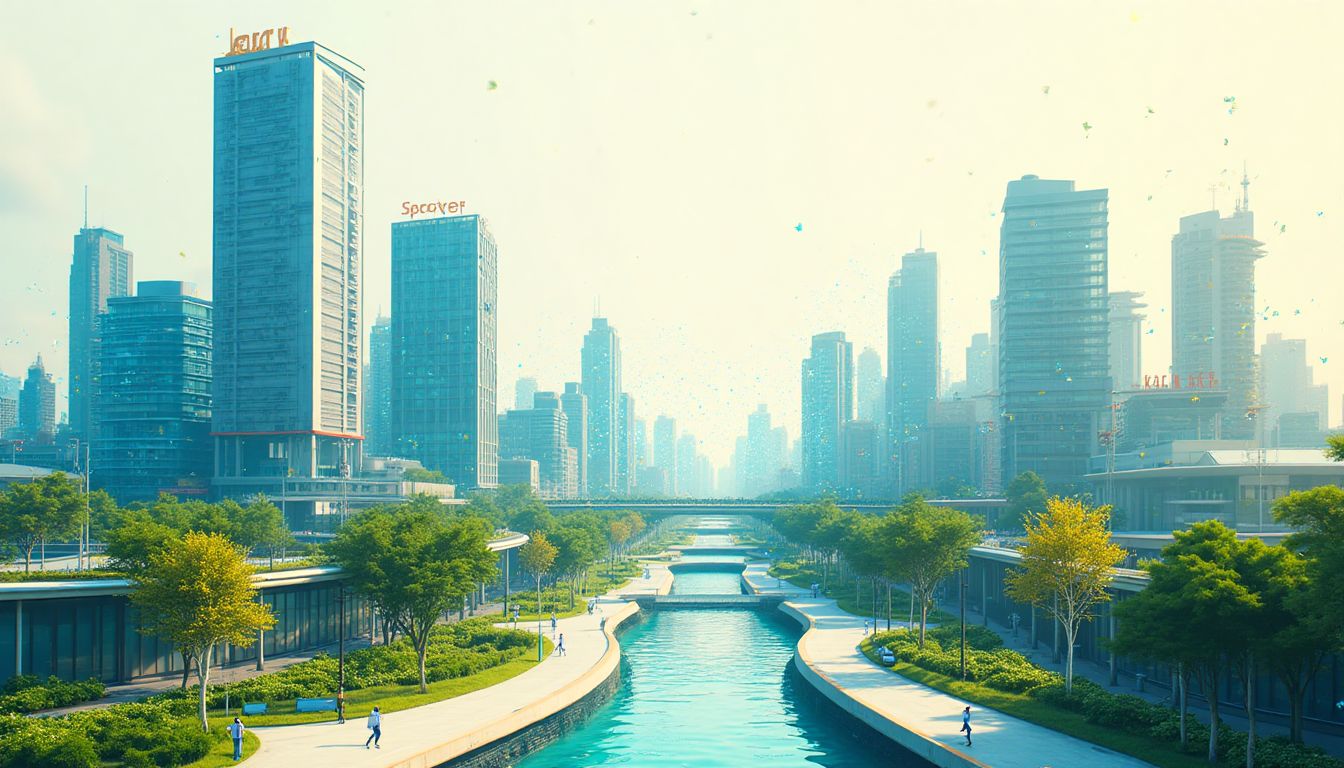
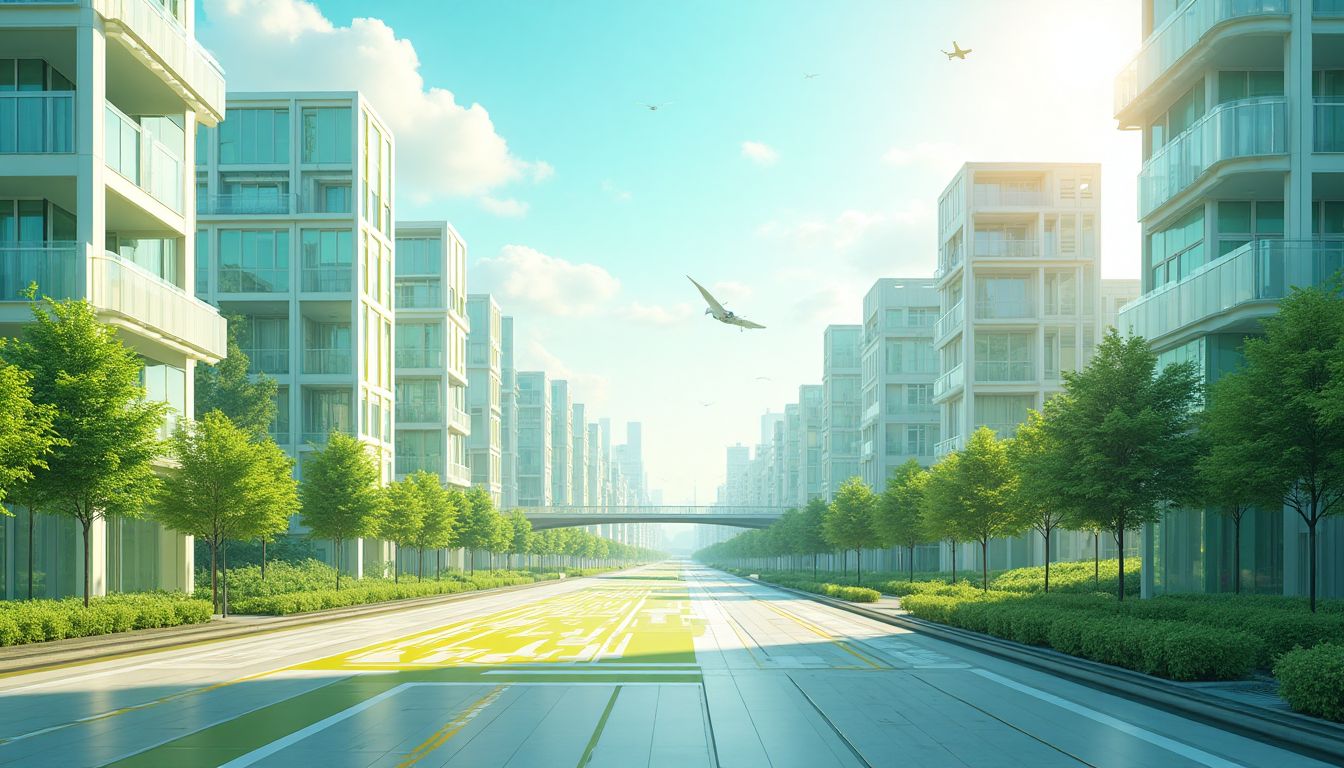
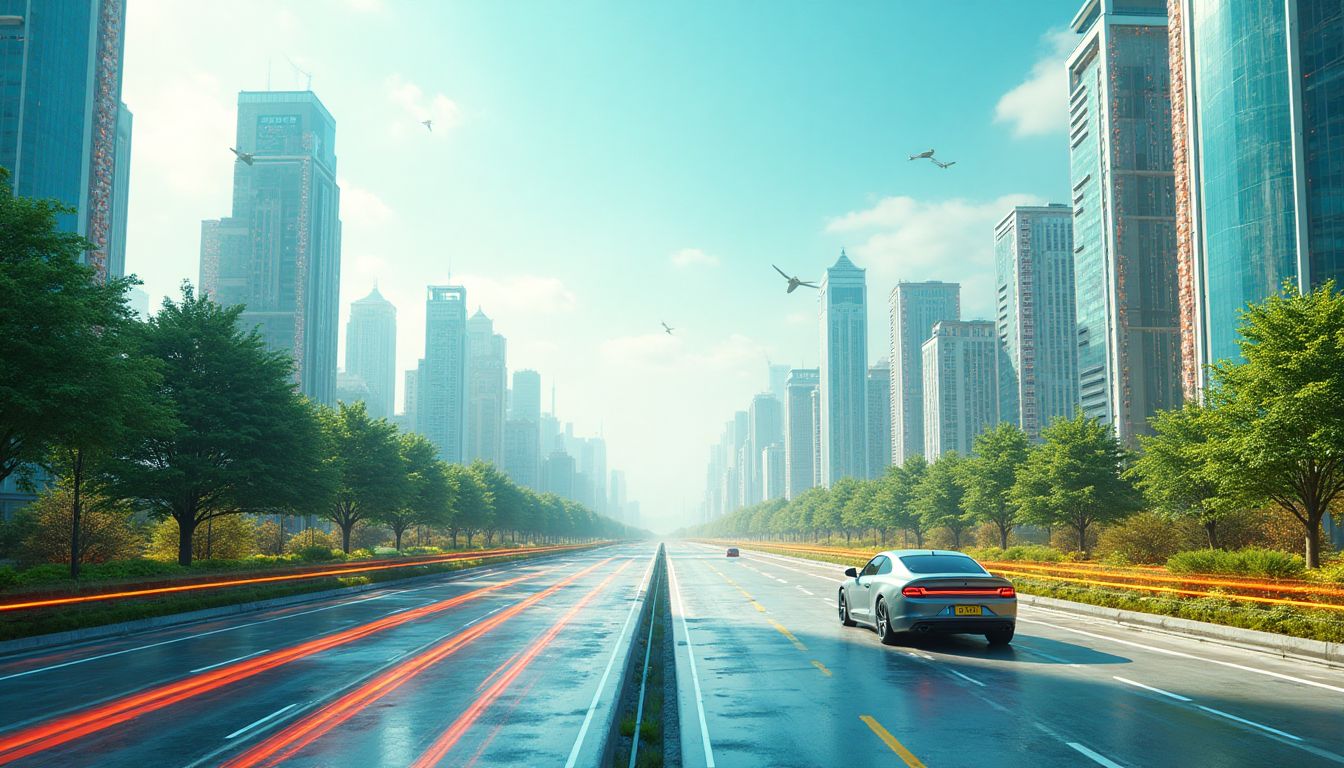
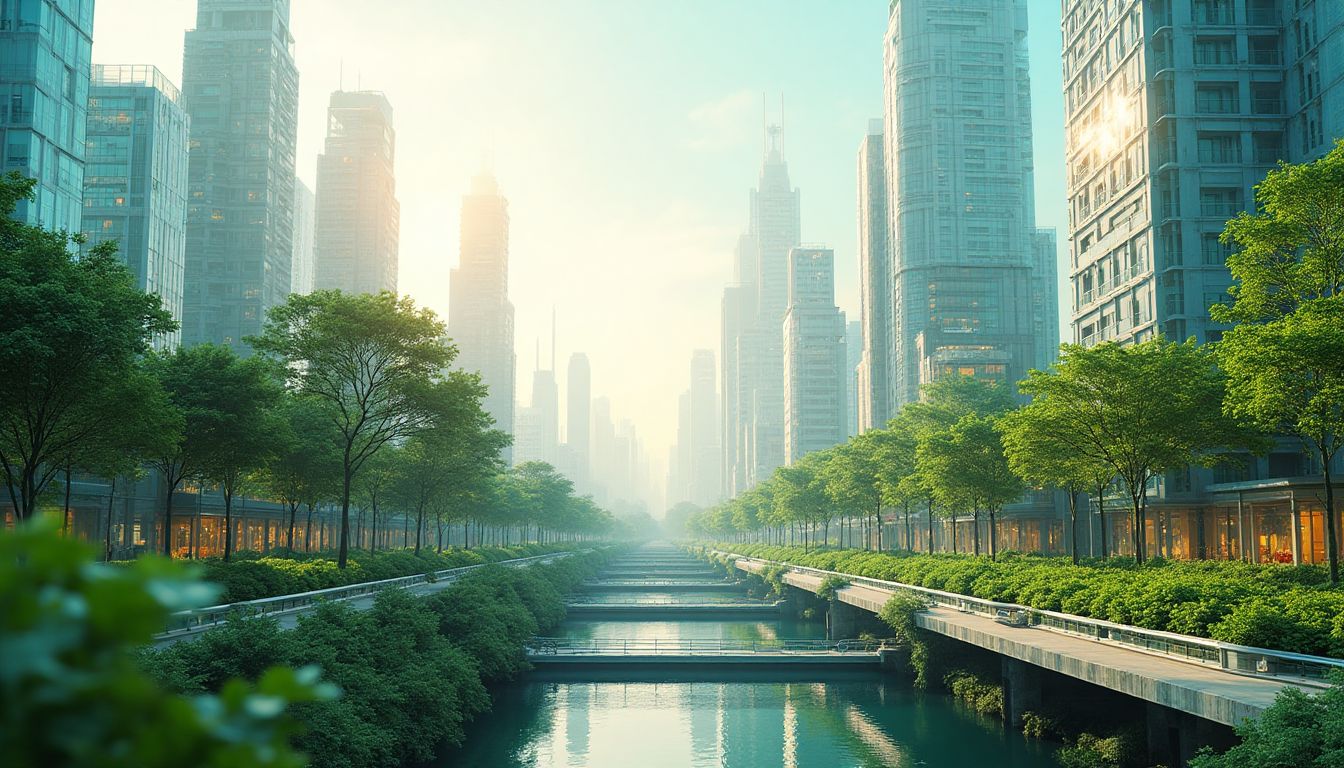

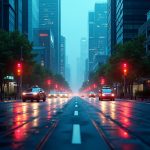


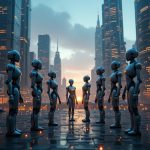
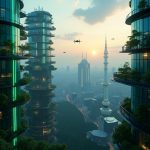


















Post Comment
You must be logged in to post a comment.